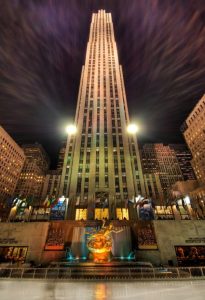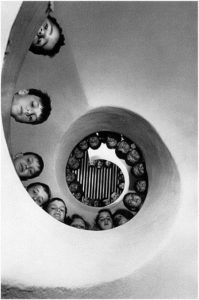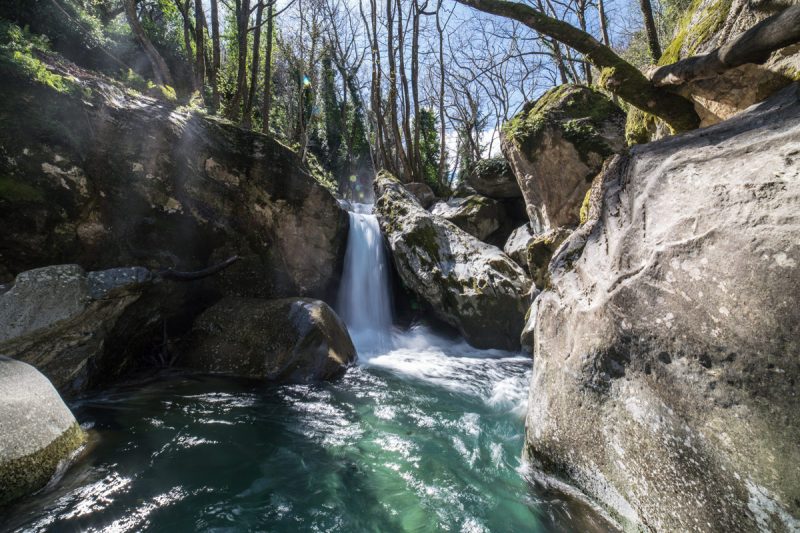taking the picture
WILLIAM KLEIN – ONE OF THE BEST STREET AND FASHION PHOTOGRAPHERS OF THE XX CENTURY
 Street and fashion photography are practically the most sought-after and popular art trends in the twentieth century. Many famous photographers worked in these genres. One of them is William Klein. He ranks 25th on the list of the hundred most influential professional photographers.
Street and fashion photography are practically the most sought-after and popular art trends in the twentieth century. Many famous photographers worked in these genres. One of them is William Klein. He ranks 25th on the list of the hundred most influential professional photographers.
Klein was born in 1928 in the USA. But despite American roots, his work and many years of his life are closely connected with Europe, where he moved after the Second World War.
At a young age, William became a student at one of the New York colleges, where he studied sociology. Since the beginning of the Second World War, he was drafted into the army, took part in hostilities in the French and German territories.
Klein received a specialized education at the Sorbonne. As a specialization, he chose painting and sculpture. At the same time he began to be interested in photographic art, however, at that time he did not consider this hobby something serious. In the words of William Klein himself, photography is just a “maid of painting”, but in no way an independent direction that deserves full value. Continue reading
HOW TO USE THE NATURAL FRAMING TO IMPROVE PHOTOS
 To make more interesting and beautiful photos, there are certain key techniques of composition. One of the widely known is natural framing. But, like all the rules and tips, requires careful and thoughtful application. Using such framing correctly, you can create extremely impressive and elegant images. Here are some tips to get you started.
To make more interesting and beautiful photos, there are certain key techniques of composition. One of the widely known is natural framing. But, like all the rules and tips, requires careful and thoughtful application. Using such framing correctly, you can create extremely impressive and elegant images. Here are some tips to get you started.
Natural framing is the use of an element in its image to frame an object. This leads the viewer’s attention and attention to the inside of the photo and emphasizes the object.
The inner frame can be built using many simple details: tree branches, arches, tunnels, door frames, etc., and even with the help of non-solid matters, such as light, shadows, rain, fog, etc. It doesn’t matter what you use.
Framing is a technique that should be used sparingly, but when it is appropriate, it looks very natural. So few people use it wisely, that if you can master this technique, you will become the creator of fantastic pictures.
Why use natural framing?
It easily attracts the viewer to the photo and emphasizes the object.
The object is isolated and separated.
This gives a sense of order and structure of the photo – the eye likes order.
To close the dull sky. Continue reading
7 LESSONS OF HENRI CARTÉ-BRESSON THINKING PHOTOGRAPHY
 Henri Cartier-Bresson – one of the most famous photographers in history. He is a co-founder of Magnum’s photo agency, which brilliantly captured not only events, but also the spirit of the 20th century. The life of the photographer was filled with adventures and excitement, which were reflected in the very essence of his work, so loved by us. Photos by Henri-Cartier Bresson and detailed information about him can also be viewed in another article on this site by clicking on the link.
Henri Cartier-Bresson – one of the most famous photographers in history. He is a co-founder of Magnum’s photo agency, which brilliantly captured not only events, but also the spirit of the 20th century. The life of the photographer was filled with adventures and excitement, which were reflected in the very essence of his work, so loved by us. Photos by Henri-Cartier Bresson and detailed information about him can also be viewed in another article on this site by clicking on the link.
How can you learn from the maestro better photograph? Here are the seven fundamental principles of the work of the great Henri Cartier-Bresson.
1. Be in the thick of things
Almost immediately after Henri Cartier-Bresson discovered photography in the 20s of the last century, he set out to explore new places and be in the center of the most important events. The curiosity of the photographer and the natural curiosity were for him a single concept.
Cartier-Bresson’s career proves the importance for photographers never to stagnate, but to follow their natural curiosity and avoid patterns. Continue reading




